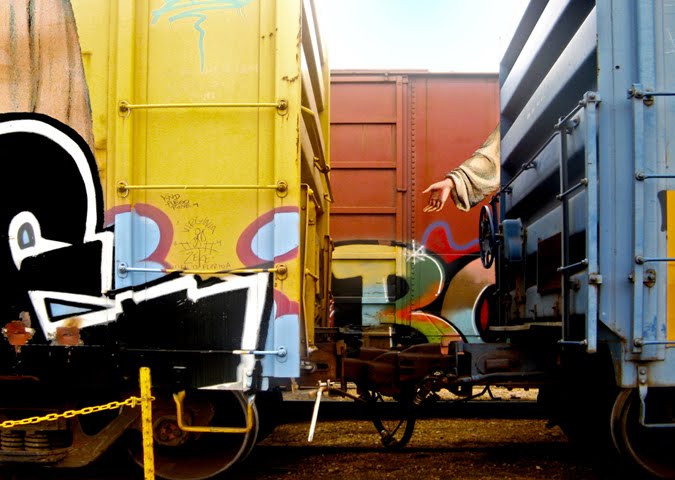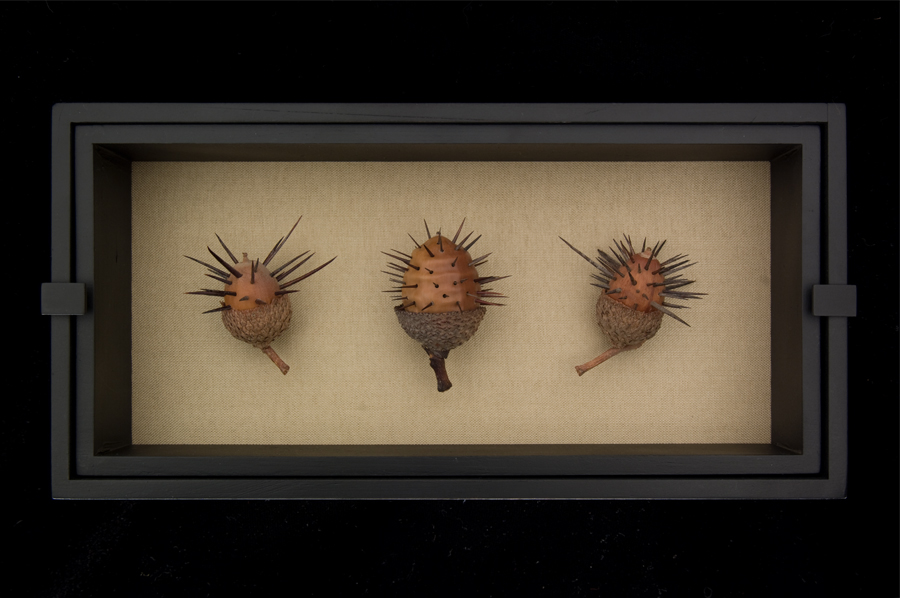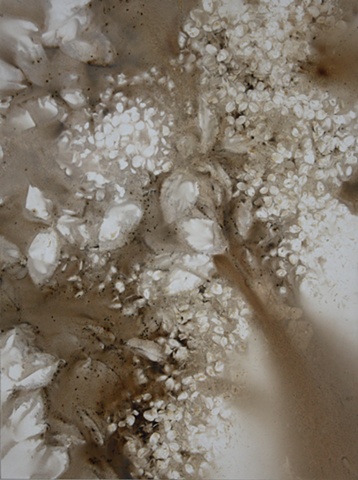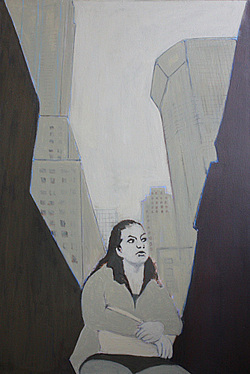It is a culture in which an artist might easily feel marginalized at best, more likely completely irrelevant to what is happening around us. Art is not quite at home in 21st century America. People are not much inclined to seek out new visual experiences when there is already so much for the eyes to deal with in day to day life. Who can blame us? We are tired. So much driving, nuking, and TV watching can be rather exhausting in the end. Our eyes are fatigued from so much glancing.
So why would anyone take the time and energy to slow down -- to stop -- to really look at art? There is no convenient time for it, there are no readily available spaces in which to look at it. Of more concern, when a need for art is felt, we don't know where to go or how to look for it. We do have art museums and galleries of course, places where we may find it professionally packaged and presented. And that can be satisfying. It is good to have places to which we can go and find what has been canonized in the past and officially approved of in the present. -- But when we get to the museums we are so often disappointed. When we make the effort to engage the latest presentation of large, ugly, or obnoxious art, we usually come away disturbed, disquieted, and disappointed.
So what do we do? Where should we go? Where might we find the art that may contribute to our daily need for relief from our busyness? Where is the art that can feed our abused eyes and heal our wounded souls? We have to look for it, seek it out, not settle for the emptiness of the usual distractions.
One of my favorite artists can be found in the little Wisconsin river town of Maiden Rock where she has her own gallery called Secret Heart Gallery. Her name is B.J Christofferson. One of her images is featured below. Check out more of her work here:
http://www.secretheartgallery.com/
Let me know what you think.




 RSS Feed
RSS Feed
